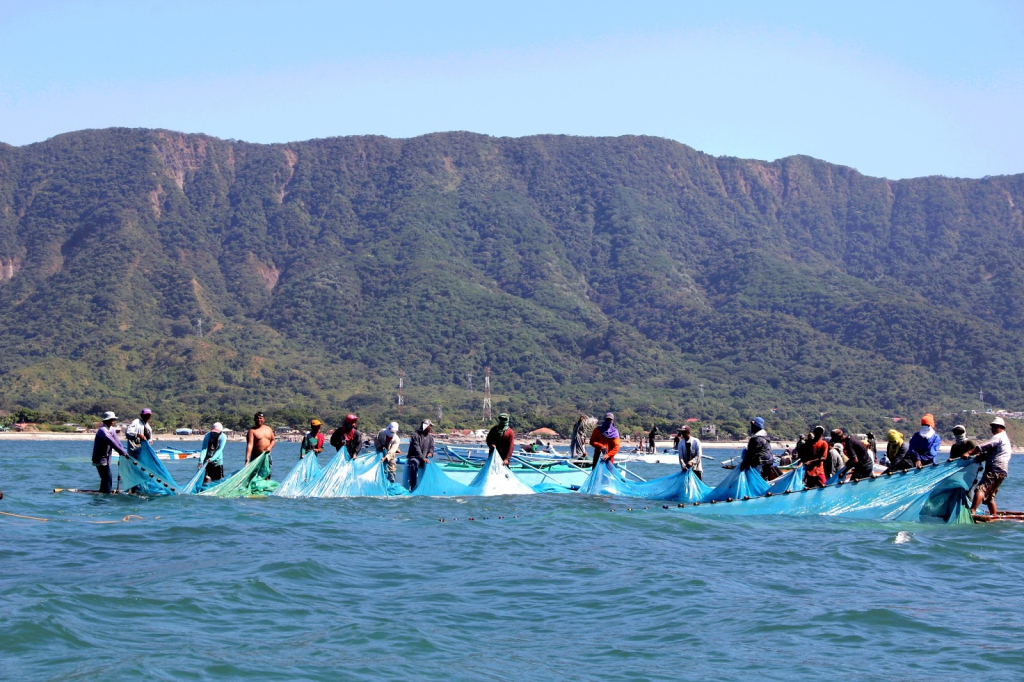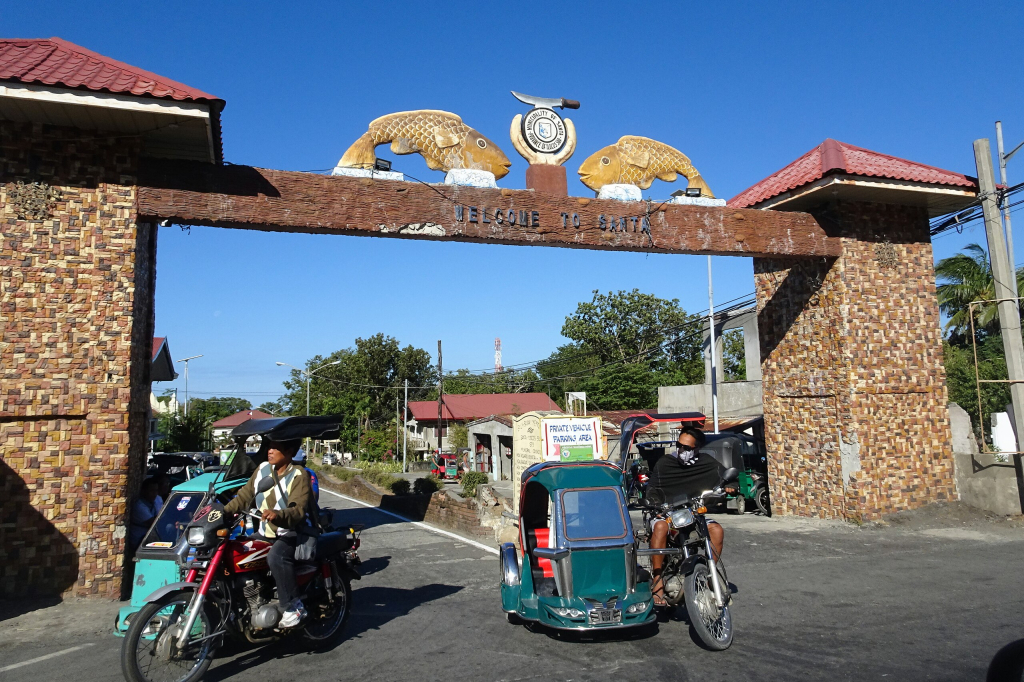On the quiet shoreline of Santa, Ilocos Sur, in the Philippines, the annual festival of gratitude comes alive. Every year, local fisherfolk, families, and visitors gather Santa Ipon Festival. This is the celebration of the “ipon”—a small but mysterious fish—and its arrival marks a unique kind of thanksgiving.
In this coastal town, the annual event known as Santa Ipon Festival (also called “Panag-ipon” by the community) is a time to pause, to gather, and to give thanks. Through this labor and thanksgiving festival, Santa’s residents express their shared story of abundance. What makes it so special is the connection between livelihood, legacy, nature’s cycles, and human community.

The mysterious Ipon
Before the street dancers, fluvial parades, and musical performances, the story begins in the sea. The ipon, a small but mysterious fish, appears like silver threads in the water, shimmering at dawn after the full moon. This moment signals the start of panag-ipon, an age-old practice passed down from indigenous groups along the Ilocos coast.
In Ilocano, panag-ipon means “to gather.” It refers to the act of collecting these translucent fish fry at the river mouth, where saltwater meets freshwater. More than a livelihood, it is a cultural tradition based on respect for nature’s cycles—similar to how Mindanao ethnolinguistic groups celebrate the changing seasons through ritual and dance.
The gathering of the ipon then is a collective thanksgiving. Fishermen monitor tides and wind patterns, families prepare boats and nets, and the entire community moves in harmony. Each catch is followed by a thanksgiving feast, shared among neighbors as the rising sun paints the sea in gold.
The meaning of Panag-ipon
“Panag-ipon” literally means “to gather” in Ilocano. In the context of the Panag-ipon festival, this means gathering the fish and gathering together as a community. Neighbours team up, boats go out together at pre-dawn, and when the nets come in, the catch is divided, shared, and celebrated.
The festival celebrates the simple things, such as sharing a meal after a long day at sea and the glow of dusk over the shore. At its score, the ipon season reminds the town that they are still connected to their roots.
A thanksgiving celebration shaped by local practices
What began as a simple fishing practice evolved into a grand week-long celebration in the form of the Santa Ipon Festival. This thanksgiving celebration, highlighted by faith, food, and festivity, unites the town each year in gratitude for a bountiful harvest from the sea.
The main event often includes a fluvial festival that honors the town’s patron saint, akin to Cagayan’s celebration of Saint Peter Thelmo that features boats adorned with colorful banners joining the nocturnal fluvial procession as form of prayers for safety and abundance. Alongside the water activities, local rituals blend Christian thanksgiving with older coastal customs that echoes of pre-Hispanic times when communities gave offerings to nature.
During the day-long event, the thanksgiving feast overflows with Ilocano delicacies and stories shared among early migrants and visiting relatives. These moments bring together faith, food, and festivity in a truly Filipino expression of gratitude.
Cultural events and traditions
During festival season, the streets of Santa, Ilocos Sur, come alive with rhythm and color. Street dancers in vibrant costumes fill the air with energy, performing routines that tell the story of the sea, the fishermen, and the mysterious fish that sustains them.
While it doesn’t have the war dance festival that is common across the country, its highlights include performances inspired by old coastal traditions. These performances not only entertain but also remind the younger generation of bravery, unity, and faith.
The festival reenacts moments of the town’s history, from the first contact between early settlers and the sea to the foundations of community faith.
A celebration of sea, spirit, and sustainability
Beneath every colorful parade lies a deeper message about sustainability and heritage. The Santa Ipon Festival is both a thanksgiving festival and a reminder of the need to care for what gives life.
Local fishermen have adapted to modern times using weather apps and GPS systems to track tides while also joining coastal cleanups and conservation efforts. This balance between tradition and technology reflects a shared belief: that to celebrate life means to protect it.
Similar to harvest-related thanksgiving rituals across the country—from the fluvial parade of San Clemente in Tarlac to foundation day festivities in Batangas City—Santa’s festival reinforces the idea that gratitude and stewardship are intertwined.
The town’s connection to the bamboo plant and the kawayan crafts industry also showcases Ilocano ingenuity. Like the bamboo (which is strong yet flexible), Santa’s community thrives by respecting both tradition and change.

The best time to visit Santa, Ilocos Sur
In Santa, the arrival of the ipon is a marker of time, a binding of generations, and a profound act of gratitude. The Santa Ipon Festival invites you to witness how a small fish can mean so much and how the traditions of a coastal town whisper the values of sharing, sustainability, and hope. It’s a thanksgiving not just measured in catch, but in community.
If you’re planning a trip to northern Luzon, timing your visit to Santa, Ilocos Sur during the ipon season will let you witness this living tradition. The seven-day feast usually happens between September and January, with the main event often falling in November.
Visitors can watch the nocturnal fluvial procession that illuminates the river with candlelit boats or savor Ilocano delicacies at the thanksgiving feast.

Live in a community that values the Filipino heritage
Discover homes where nature, family, and festivity intertwine and where every Filipino tradition, from harvest rituals to heartfelt gatherings, finds its place. Explore Camella’s thoughtfully planned communities across Ilocos Sur and beyond, and experience a home built on heritage, gratitude, and the joy of living close to what truly matters.

